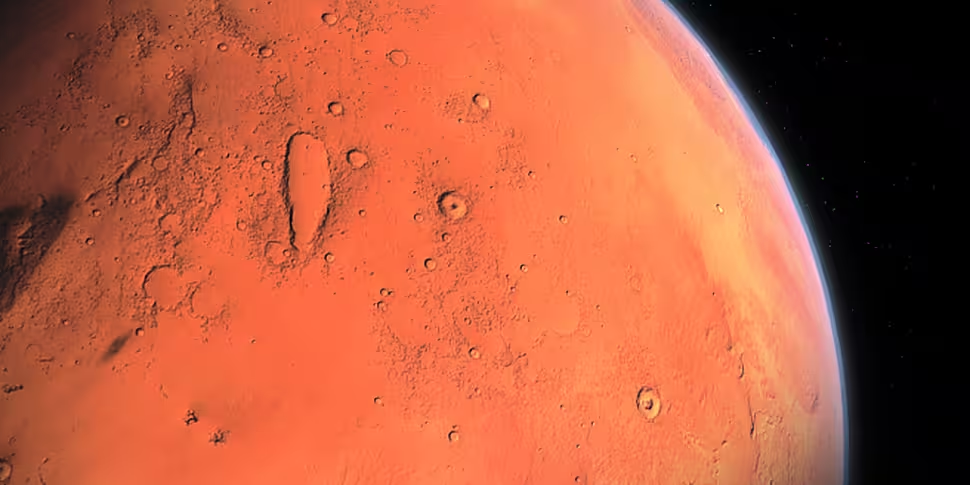As our closest neighbour in the solar system, Mars used to be a lot more like the Earth.
Billions of years ago, the red planet had an atmosphere, was covered in seas and oceans of water, and could even have been capable of supporting life at a microbial level. But today, Mars is an inhospitable place, a lifeless desert with ice frozen under its crimson surface.
Where did it all go wrong? Well, according to new findings from a NASA probe, it appears that the sun did the damage.
According to the researchers leading the Mars Atmosphere & Volatile Evolution (MAVEN) mission, the Martian atmosphere was most likely destroyed by intense solar radiation and wind.
The scientists believe that charged particles from the young star, at a point in its development when its radiation is particularly strong, collided with particles in the atmosphere on Mars, pushing them out into space. The research suggests that Mars’s transformation took place within the first billion of our solar system’s 4.6bn years.
But if an ill solar wind blew no good for Mars, how did the Earth – even closer to the sun – manage to avoid the same fate?
“On Earth, we have a global magnetic field that causes the solar wind to stand off at a great distance from the planet,” said MAVEN principal investigator Bruce Jakosky.
“So there’s no direct interaction with the atmosphere.”
Mars did have a magnetic field when the planet first formed, shielding it as those surrounding the Earth and Mercury do. But MAVEN scientists believe the Martian magnetic field disappeared around 4.1bn years ago.
“We think the turn off of the magnetic field allowed the turn on of the stripping of the atmosphere,” Jakosky said.









